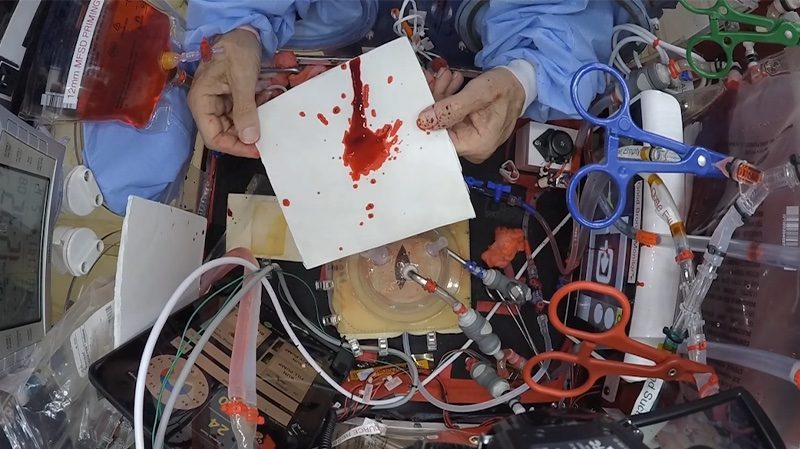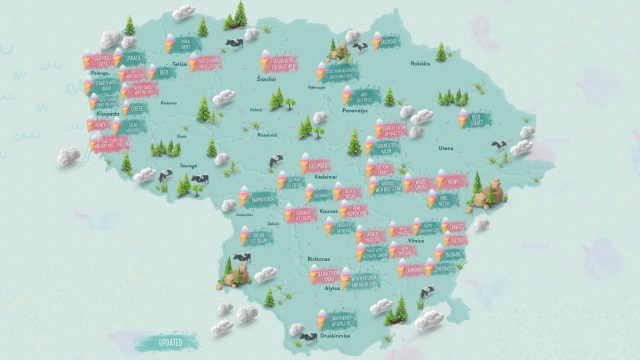Women experience adverse drug reactions nearly twice as frequently as men. Here’s why.

Photo: Antonio Guillem / Shutterstock
- A new study investigates adverse drug reactions in women and men.
- Women are on average lighter in weight and have smaller organs and more body fat, which affects the absorption and distribution of drugs.
- The authors suggest more individualized dosage recommendations moving forward.
The double-blind study has been under fire for years due to the replication crisis: numerous clinical studies cannot be repeated by other researchers. While still considered the gold standard in science—a control is necessary if you want honest results—the double-blind study needs an upgrade.
Sadly, this isn’t the only problem in clinical trials.
In a time when pre-prints—submitted studies that have not yet been vetted—are treated as truth, our general faith in science is waning. True, we’re approaching a potential COVID-19 vaccine in record time thanks to the hard work and collaborative efforts of researchers around the world. Yet increasing faith in conspiracy theories makes it difficult to sift through headlines.
Then there’s the sexism.
Perhaps gender bias is not intentional, at least today. But for decades women were not allowed to be included in clinical trials due to an unfounded fear they could negatively impact fertility. Science was (and some would argue, still is) a man’s game tailor-made for male bodies. It was inevitable that the medicine produced with such constraints would harm women.
The history of women in medicinewww.youtube.com
As we know, women take these drugs, too. As a new review, published in Biology of Sex Differences, details, women are certainly paying the price.
Science has long been about the male body. Gynecologists were men for quite some time—the specialty began in 1889, yet until 1970, women never made up more than 6 percent of any medical school. As of 2019, women now make up more than half of medical students in America.
Still, women are twice as likely to suffer adverse drug reactions (ADRs) because the clinical trial model continues to favor men. Irving Zucker, in the psychology and integrative biology departments of University of California, Berkeley, and Brian Prendergast, in the Department of Psychology and Committee on Neurobiology at the University of Chicago, evaluated 86 drugs, and found that women had higher pharmacokinetics (PKs) and ADRs in women.
Finding ADR information presents its own challenge. As the authors write, “for 59 drugs with clinically identifiable ADRs, sex-biased PKs predicted the direction of sex-biased ADRs in 88% of cases. Ninety-six percent of drugs with female-biased PK values were associated with a higher incidence of ADRs in women than men, but only 29% of male-biased PKs predicted male-biased ADRs.”

Photo: Antonio Diaz / Shutterstock
The authors believe the problem might stem from doctors prescribing the same dosages for men and women, despite sex and weight differences, which causes overmedication in women.
While the childbearing myth held for a long time, in 1993 the NIH required that federally-supported phase III clinical trials include women. A study that looked at 300 new drug applications between 1994-2000 found that 31 percent might have been sex-biased. That report also showed that while 11 drugs showed a > 40 percent difference between genders, no dosage requirements were mandated.
The authors found a number of ADRs that affected women more than men, including depression, excessive weight gain, hallucinations, seizures, and cardiac anomalies. Besides lower body weight, women also have smaller organs and more body fat—all factors in how bodies absorb and distribute drugs.
As the authors conclude,
“The present results reveal a striking sex difference in pharmacokinetics: among patients administered a standard drug dose, females are exposed to higher blood drug concentrations and longer drug elimination times than males. This likely contributes to the near doubling of adverse drug reactions in female patients, raising the possibility that women are routinely overmedicated.”
There is a movement calling for individualized medicine based on the microbiome. The same should be considered when it comes to gender. As the authors write, dosage requirements should be considered based on gender differences. Science might have been a man’s world, but that time has passed.
—
Stay in touch with Derek on Twitter, Facebook and Substack. His next book is “Hero’s Dose: The Case For Psychedelics in Ritual and Therapy.”





